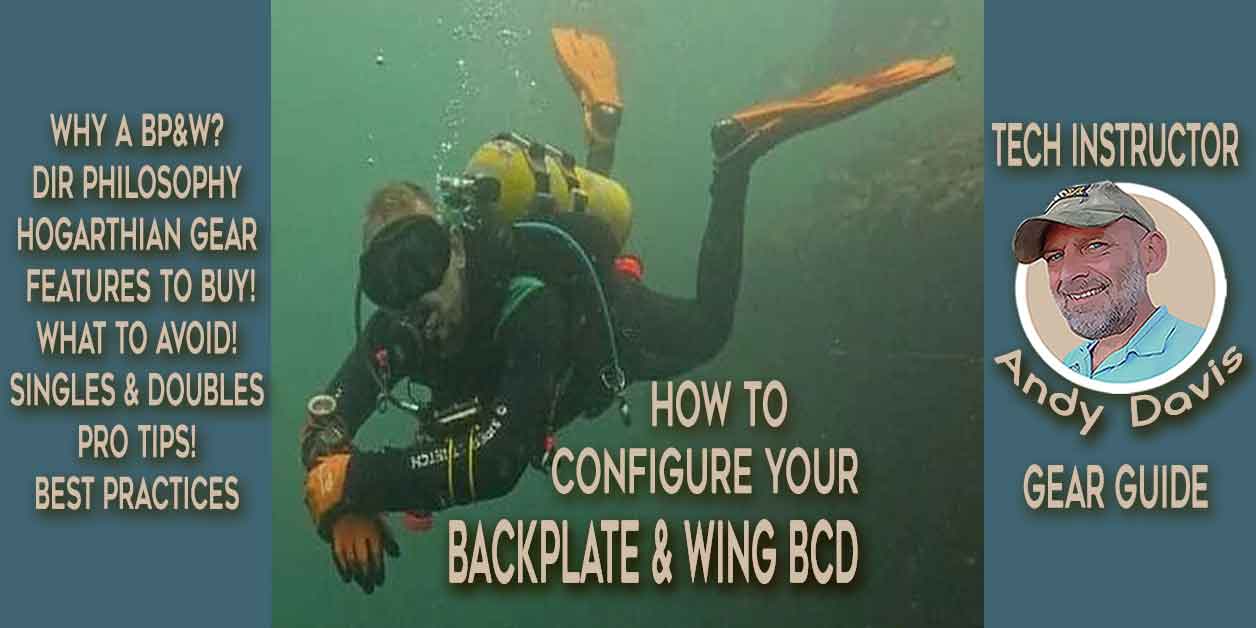There is a nice article on selecting a wing at DGX.
Suggestions for Selecting a Wing Vendor neutral article with uggestions for selecting a diving aircell.

www.divegearexpress.com
That article focuses on drag and the taco effect, but another advantage of smaller wings is that in the event of a stuck inflator button, you are less buoyant while you sort out the problem.
Essentially, one should use the
minimum wing size that is adequate, given the rest of the configuration.
On many of my single-tank recreational dives in Hawaii, assuming I'm with buddies (hence not slinging a pony), I use an Apeks 18lb wing, 6 lb steel backplate, 1 lb STA, AL80, no wetsuit, no lead weight anywhere, and I've never once filled the 18lb wing anywhere near full on an actual dive. When I use a wetsuit, I don't change the rest of the setup, but sometimes kick to get down. Unless there is a very strong current, I hold the safety stops neutrally buoyant, rather than using the line to control depth.
The following website has a specific guide to wing size:
Discover how to perfect your backplate and wing diving rig with DIR and Hogarthian principles for the perfect diving experience!

scubatechphilippines.com
Their statement of < 20 lbs as a guideline for tropical diving with a single AL80 is consistent with my experience. They also recommend 30 lbs for cold-water diving with a steel cylinder which I recognize may be closer to the OP's typical setup, but most divers eventually spend at least some of their time in tropical water.






